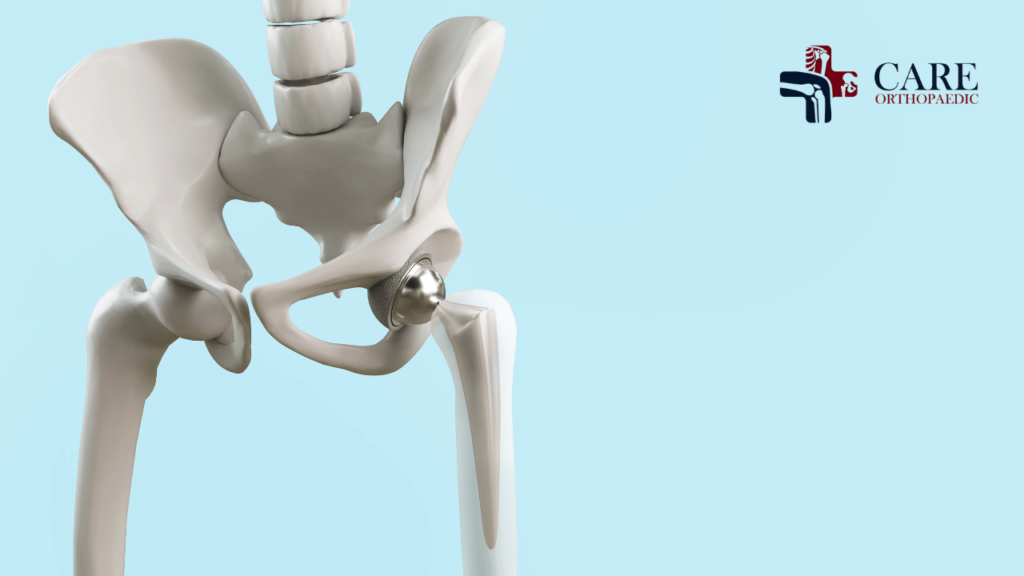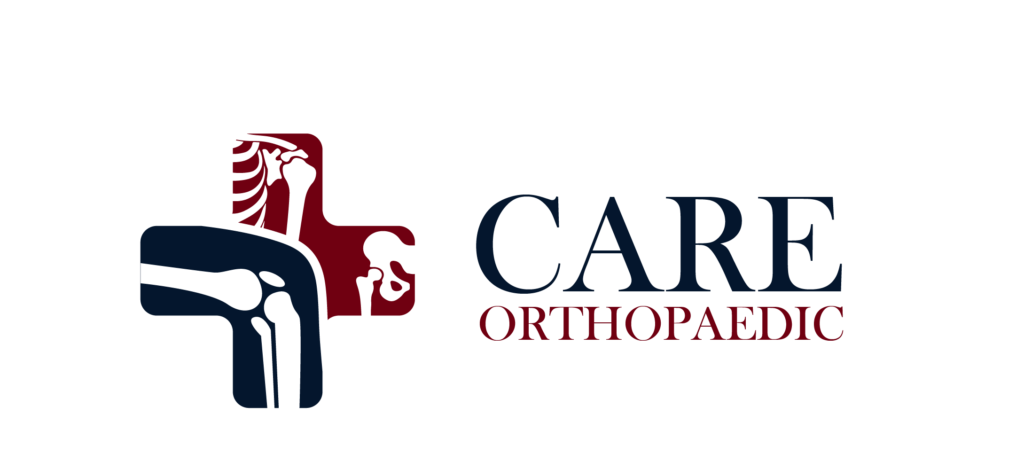Overview
Consider being awakened in the morning to an etching, a terrible ache in your lower back as you attempt to get yourself out of bed. Even easy things like walking become difficult undertakings. If this sounds familiar and Direct Anterior Approach in Hyderabad might be your answer. This modern hip replacement approach has altered the results for patients by reducing agony as well as encouraging faster healing. The group of exceptionally skilled orthopaedic surgeons at CareOrthopaedics, which includes Dr. Ravi Teja Rudraraju, strives to provide the best care possible with the latest equipment. You’re in the greatest hands for your hip replacement experience because of their experience throughout multiple major locations, including Hyderabad.

How Does the Direct Anterior Approach Minimize Pain and Speed Up Recovery?
The Direct Anterior Approach (DAA) is known for its significant advantages in pain management and recovery speed:
- Minimal Muscle Damage: DAA involves smaller incisions and avoids cutting through major muscles, resulting in less pain post-surgery.
- Quicker Mobilization: Patients can often start walking within hours after surgery, significantly reducing recovery time.
- Shorter Hospital Stays: Most patients are discharged within 1-2 days, compared to longer stays with traditional methods.
Why is the Direct Anterior Approach Considered Safer for Hip Replacement?
Safety is a paramount concern for any surgical procedure. The Direct Anterior Approach offers several safety benefits:
- Improved Visualization: By having a clearer view of the hip joint, surgeons can reduce the risk of problems.
- Reduced Rates of Dislocation: By stabilizing hip joints, the muscle-sparing technique reduces the risk of dislocation.
- Decreased Blood Misfortune: More modest entry points and exact careful techniques add to less blood misfortune during medical procedure.
What Innovations in the Direct Anterior Approach are Making it a Preferred Choice?
The Direct Anterior Approach is constantly developing thanks to advanced methods and tools:
- Advanced Imaging: Accurate implant placement is ensured by real-time imaging, which improves surgical results.
- Robotic Assistance: By assisting with accuracy and consistency, robotics enhances patient outcomes even more.
- Personalized implants and 3D printing: Allow surgeons to better fit and function by customizing procedures to each patient’s unique anatomy.
How Does the Direct Anterior Approach Preserve Muscle During Hip Replacement?
The Direct Anterior Approach has a significant advantage in terms of muscle preservation:
- Front Incision: The incision will be made at the front of the hip, away from major muscles, during the procedure.
- Negligible Tissue Interruption: The strategy works between muscle planes instead of slicing through them, safeguarding muscle honesty.
- Quicker Useful Recuperation: Safeguarded muscles mean patients recapture strength and versatility speedier post-medical procedure.
What are the Key Steps Involved in the Direct Anterior Approach?
The procedure can be simplified by understanding it:
- Comprehensive examinations and imaging studies: Are part of the pre-operative assessment used to plan the surgery.
- To gain access to the joint: A small incision is made at the front of the hip.
- Implantation: The surgeon precisely inserts the hip implant by utilizing advanced imaging.
- Closure: The incision is closed with very little suturing, which helps the wound heal more quickly.
- Post-Employable Consideration: Patients start preparation and exercise based recuperation not long after medical procedure to empower recuperation.
How Can the Direct Anterior Approach Improve Long-Term Mobility?
The Direct Anterior Approach has significant advantages over time:
- Enhanced Joint Stability: More stable and functional joints are the result of better implant positioning and muscle preservation.
- Patients experience: Greater flexibility and movement as a result of less muscle damage, resulting in improved range of motion.
- Long-Term Effects: The longevity of the hip replacement is aided by high-quality implants and precise surgical procedures.
What Should Patients Know About Recovery After the Direct Anterior Approach?
The recovery phase of a hip replacement is very important:
- Prompt Activation: Patients are urged to begin strolling not long after medical procedure, frequently around the same time.
- Exercise based recuperation: An organized non-intrusive treatment program reestablishes strength and portability.
- Follow-Up Care: Customary check-ups guarantee appropriate recuperating and address any worries speedily.
- Management of Pain: In order to reduce discomfort, effective strategies for managing pain, such as medications and therapies, are in place.
Why CareOrthopaedics is the Best Choice for Direct Anterior Approach in Hyderabad
In Hyderabad, CareOrthopaedics excels in providing superior treatment for the Direct Anterior Approach:
- Aptitude: Driven by eminent specialists like Dr. Our team is proficient in DAA, Ravi Teja Rudraraju.
- Modern Facilities: To guarantee the best possible outcomes during surgery, we make use of the most recent technologies and equipment.
- Personalized Care: Each patient is given a treatment plan that is tailored to meet their particular requirements.
- Services for the Whole Person: We provide a comprehensive range of services to help you recover, from the initial consultation to post-operative care.

Conclusion
Although dealing with hip discomfort can be very difficult, the Direct Anterior Approach in Hyderabad provides a way to feel better and live a better life. Our skilled team at CareOrthopaedics, which includes Dr. Ravi Teja Rudraraju, is dedicated to provide the finest care possible utilizing advanced methods. With CareOrthopaedics, take the first step toward a pain-free life and don’t allow hip discomfort to keep you back.
FAQs
1. How long does surgery using the Direct Anterior Approach take?
Ans. Depending on the complexity of the case, the surgical procedure can take anywhere from one to two hours.
2. Will I need to stay in the hospital for the night?
Ans. After surgery, the majority of patients are discharged within one to two days.
3. What are the dangers related with the Immediate Foremost Methodology?
Ans. Infection, dislocation, and anesthesia-related complications are among the few risks. Talk about these with your doctor.
4. When can I resume work following surgery?
Ans. This depends on your occupation. While physical workers may require up to three months, office workers may return within a week.
5. Can revision surgeries be performed using the Direct Anterior Approach?
Ans. It is possible to use it for both primary and revision hip replacements.


